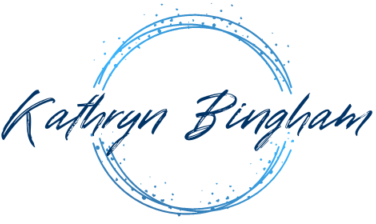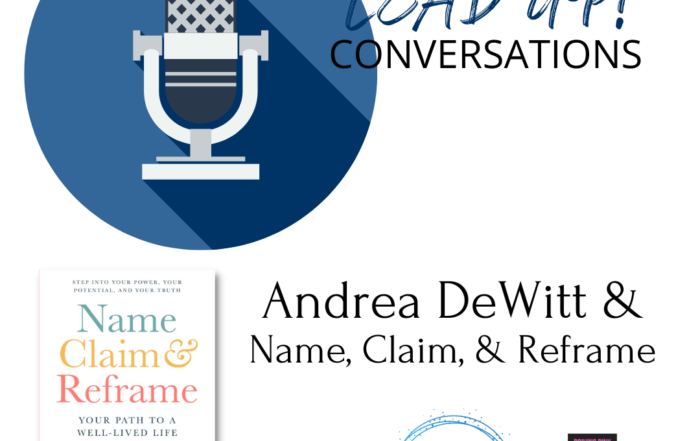Real Women, Real Questions 5

This RWRQ update offers pivotal support for women. The theme involves how we present ourselves, how we authentically bring our highest contribution to the table, and how these might create differing perceptions for women versus men.
Here are the questions:
- How do you overcome being shy? I know I’m an effective leader, but can be an introvert.
- I want to be taken seriously and respected as I … [brief my project to executives and officers].
- Being able to articulate technical content while keeping my fierce personality would be a WIN.
- As a female working in a male dominated environment, how do you be aggressive without being labeled a b-i-tch?
Let’s examine each of these, and then integrate a few solution options.
Power of Introversion
Don’t skip this section if you’re extroverted! Did you know a significant number of top leaders tend to be introverted? In response to the first question, there’s a distinct difference between being shy and introversion, although there’s some overlap in definitions.
- Shy – Being reserved or showing nervousness or timidity in the company of others; associated words include bashful, reticent, insecure, unconfident, self-conscious.
- Introvert – reticent, predominantly concerned with internal thoughts and feelings rather than external things, has a preference for environments with less stimulation.
The brains of extroverts and introverts respond differently to stimulating, high-energy environments and events. In the presence of dopamine and stimulation (it’s a party!), the reward centers of extroverts’ brains fire up. For introverts, acetylcholine cues rewards (ahhhh…like the pleasure of a quiet massage) during focus, deep dives, and reflective activity. Introverts tend to find externally stimulating environments draining and recharge by getting some quality alone time. For more detail on the science, Jennifer Granneman’s post offers a quick, readable overview. I also highly recommend Susan Cain’s Quiet: The Power of Introverts in a World That Can’t Stop Talking.
I reached out to the woman who posed this question. She’s not actually shy. The problem, however, for individuals (women and men) who tend to introversion, come from a less forward culture, or are, in fact, shy, is that our work culture often labels not speaking as not having something to contribute. To strengthen our individual and collective leadership, those who are introverts must speak up and get their thoughts on the table and those who are extroverts must pause and invite those valuable voices.
Respect
Our second thought comes from a professional in her first quarter of the career phase. Her role offers both opportunity and challenge. You know what I love? Her self-description as being fierce. I imagine her as a grown up version of that bronze statue of the girl facing down the bull on Wall Street. From the description, she knows her stuff, does her homework, anticipates the informational needs and questions of her audience, and presents confidently. So how do we build our reputation in ways that garner respect?
We each have attributes we can’t change, for example our age, as well as elements we do have control over—what we wear, how we stand, how we present, etc. In the workplace, we can nuance how we present our selves and our work product. If you’re not certain how you actually look when you deliver a presentation, set up a mock briefing and have a colleague film you on your phone.
Consider the norms of the environment for those in authority roles. What do their clothes and uniforms look like? Where do they sit in the room? How do they brief others? What questions do they ask? How do those questions differ when a presenter delivers information they need, versus having to draw out answers on material that wasn’t addressed? We’ve all seen people who “nail it” versus presentations that miss the mark.
The higher the level we brief to, the more we must (1) prepare to anticipate what our audience must know, (2) adapt to the preferred style for receiving information, and (3) deliver directly and concisely. Think about any benefit to changing where you brief from, such as moving from your seat and standing at the front of the room. Assure you finish a thought when directing attention to different members of the audience.
When a person is fierce, we picture him or her as standing tall and oozing confidence. We have to also offer the balance of demonstrating active listening, smart inquiry, and openness to varying ideas. And, as women, we have to recognize when our bold stance may stray from “appropriate” levels of assertiveness to that ever present pitfall of being perceived as aggressive.
Going Boldly
The third inquiry speaks to the double bind women often find themselves in. Our boys are socialized into competitiveness, and we reward them for hustle. In contrast, traditionally our girls experience socialization toward play and activity that encourages nurturing and support. By 18 months, children know the difference between gender based roles and identities.
The same word applied to different genders often creates opposing imagery. Ambition in men shows gumption; ambition in women is unseemly. What we need to do is overtly change the language, and call out negative associations.
Instead of aggressive (or “bossy” as Sheryl Sandburg described being labeled), we need to describe our women colleagues as bold, courageous, assertive, and fierce! We need to be intentional, and draw clear, positive distinctions. When we hear a word applied to a woman in a negative context, we must draw attention and call out disparity in perception.
Now, let’s get to the very heart of this question. Name calling. The B-Word.
Referring to another professional as “bitch” is both demeaning and disrespectful. It hurts all women in the workplace. And it’s every bit as problematic coming from another woman, as when a man uses the term. We can make it stop, beginning in our own work and public spaces.
On the (former) LEADistics homepage (was) a link to a new resource that will help women (and men) take a leadership role in eliminating this in our work environments. At the end of this post, I’ll share how we can expand the reach of this tool.*
Integrating Options
Good leaders recognize our teams have a mix of communication and thinking styles. Regardless of introversion or extroversion, some people think to talk, while others talk to think. We need to assure inclusion of all voices. Women, in particular, are penalized for not speaking up.
If you’re on the more introverted end of the continuum, are a think to talk person, or are working on overcoming shyness, then consider the topics of upcoming meetings in advance. Brainstorm a few ideas, challenges, and potential solutions for critical topics you can use in the upcoming discussion. Take an opportunity, if appropriate, and share advance thinking with peers or leaders one on one. Be prepared to share your thoughts during meetings.
When you lead meetings, use methods such as “round robin,” “six thinking hats,” or have participants break into smaller groups for focused thinking to bring back to the whole.
While clothes do not equal competency, what we wear sometimes influences how we feel or are perceived. Whether you’re fierce or not, consider applying the psychology of color.
When you need a confidence boost or need to present as bold, consider incorporating red—as either your “suit” or a prominent accent. The key to pulling off a red is to know whether you need a blue-red or an orange-red to compliment your skin tone. If your personality is already bold, consider muting wardrobe color. Blacks, rich charcoals, and deep navy signal “leader” in many environments. What ever you choose, ensure the weight of the fabric and the cut or style feel comfortable and flattering to you. When you’re not comfortable, it shows.
Finally, take a stand against language that mischaracterizes others in the workplace. I’d like to ask a favor. Sign up for the Respond Brilliantly to the B-Word resource [*2022 update: in the transition to the new website, this resource page is no longer active. However you can email a request for the resource to info@leadistics.com]. After you’ve read the 10 potential actions, consider sharing the link on LinkedIn or Twitter with an either a quote or thought of your own regarding why this change is important. Include “@Kathryn Bingham” on LinkedIn or “@KathrynBingham” for Twitter so I know you’ve posted. As an incentive, I’ll hold a drawing of names from all the posts and give the winner a choice of an undated Passion Planner or a copy of the book Saving the World at Work [this offer ended in 2018].
As always, I’d love to hear any thoughts around these topics. Please feel free to reach out if you have an interest in expanding your leadership or career acceleration.
Thank you for visiting Dr. Kathryn Bingham’s blog! We invite your discussion at LEADistics’ community page. Fans and honest critics are welcomed! Please see our Comments Policy and reuse Permissions on the FAQ page. All posts are covered by copyright law, with all rights reserved.
Social Share
Recent Posts
LeadUP! Juana Bordas
This LeadUP! Conversation features Dr. Juana Bordas, president of Mestiza Leadership International and author of newly updated The Power of Latino Leadership (listen or watch here). Bordas shares how her immigrant experience shaped her leadership. [...]
Power of the Pivot
The idea seems simple. When something isn’t working, just change. Shift. Adapt. But our brain sabotages the effort. We’re convinced that if we just do better or try harder with our current path or process, [...]
LeadUP! Andrea DeWitt
In this LeadUP! episode, Dr. Kathryn Bingham and author Andrea DeWitt talk about her new book, Name, Claim & Reframe and how individuals can step into their power, their potential, and their truth. Both the [...]





